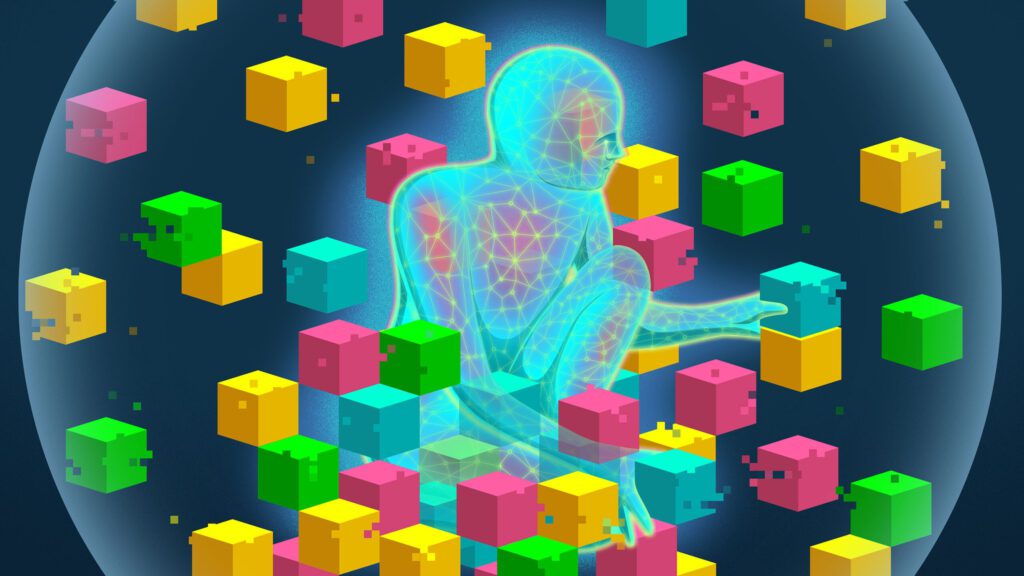Online gaming has evolved to include massive virtual worlds and in-game communities that foster social connections, friendships, and personal growth. In-game communities are groups of players who share common interests or goals within a game, with benefits including social connections, support and encouragement, and personal growth. However, in-game communities can also face challenges such as toxic behavior, inequality, and fluctuating membership. Community leaders can address these challenges by promoting positive behavior, addressing inequality, and providing stability. As online gaming continues to evolve, in-game communities will play an increasingly important role in the social lives of players.
The Power of In-Game Communities: Building Connections through Virtual Worlds
Online gaming has come a long way from the days of single-player arcade games. Today, many games are designed to be played in massive virtual worlds, and the social aspect of gaming has never been more prominent. Games like World of Warcraft, Fortnite, and Minecraft have millions of players from all over the world who come together to explore, battle, and build. These players are not just random strangers; they are part of in-game communities that foster social connections, friendships, and even personal growth.
What Are In-Game Communities?
In-game communities are groups of players who share a common interest or purpose within a game. These communities can be as small as a group of friends who play together, or as large as guilds or clans with hundreds or thousands of members. In-game communities are typically organized around a particular game, but they may also have a broader goal, such as promoting a cause or supporting a charity.
The Benefits of In-Game Communities
Participating in an in-game community offers several benefits to players:
Social Connections
Games like World of Warcraft and Fortnite have chat channels, voice chat, and social tools that allow players to communicate with each other while playing. These tools make it easy for players to form friendships and build social connections with people from all over the world. Many players report that they have made lifelong friends through their in-game communities.
Support and Encouragement
In-game communities can provide players with support and encouragement when they need it. Whether it’s advice on how to complete a difficult quest or a kind word when a player is feeling down, in-game communities can be a source of emotional support for players.
Personal Growth
Participating in an in-game community can also help players develop important skills, such as teamwork, communication, and leadership. In-game communities often have leaders who are responsible for organizing events, coordinating activities, and helping new players get acclimated to the game. Serving in a leadership role within an in-game community can help players develop these skills and apply them in other areas of their lives.
The Challenges of In-Game Communities
While in-game communities offer many benefits, they also come with challenges:
Toxic Behavior
Some players in in-game communities engage in toxic behavior, such as bullying, harassment, and trolling. This behavior can be directed at other players within the community or at players outside the community. Toxic behavior can create a negative environment that drives away players and undermines the community’s goals.
Inequality
In some in-game communities, certain players may be favored or discriminated against based on factors such as gender, race, or skill level. This can create a sense of unfairness and can lower morale within the community.
Fluctuating Membership
In-game communities can experience fluctuating membership as players come and go. This can make it difficult to maintain consistent participation and leadership within the community.
Solutions to In-Game Community Challenges
While in-game communities face challenges, there are ways to address them:
Promote Positive Behavior
Community leaders can encourage positive behavior within the community by setting expectations and enforcing rules. They can also model positive behavior themselves and foster a culture of respect and inclusivity.
Address Inequality
Community leaders can take steps to address inequality within the community by promoting diversity and inclusivity and by addressing instances of discrimination or unfairness. Members of the community can also speak out against inequality and work to create a more inclusive environment.
Provide Stability
In-game communities can provide stability by creating a consistent schedule of events and activities, and by offering new members a warm welcome and guidance to help them acclimate to the community.
Conclusion
In-game communities offer a powerful way for players to connect with each other and build meaningful relationships. While challenges such as toxic behavior and inequality can arise, there are ways to address them and create a positive, supportive environment within the community. As online gaming continues to evolve, in-game communities will play an increasingly important role in the social lives of players.
